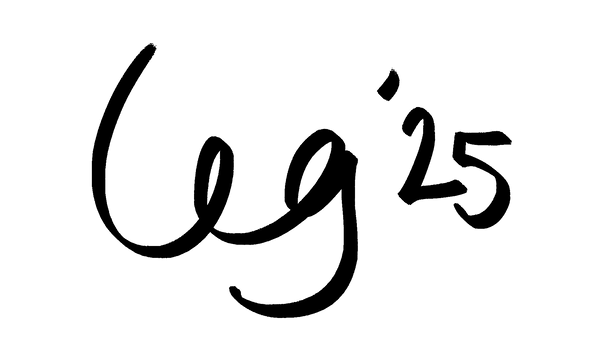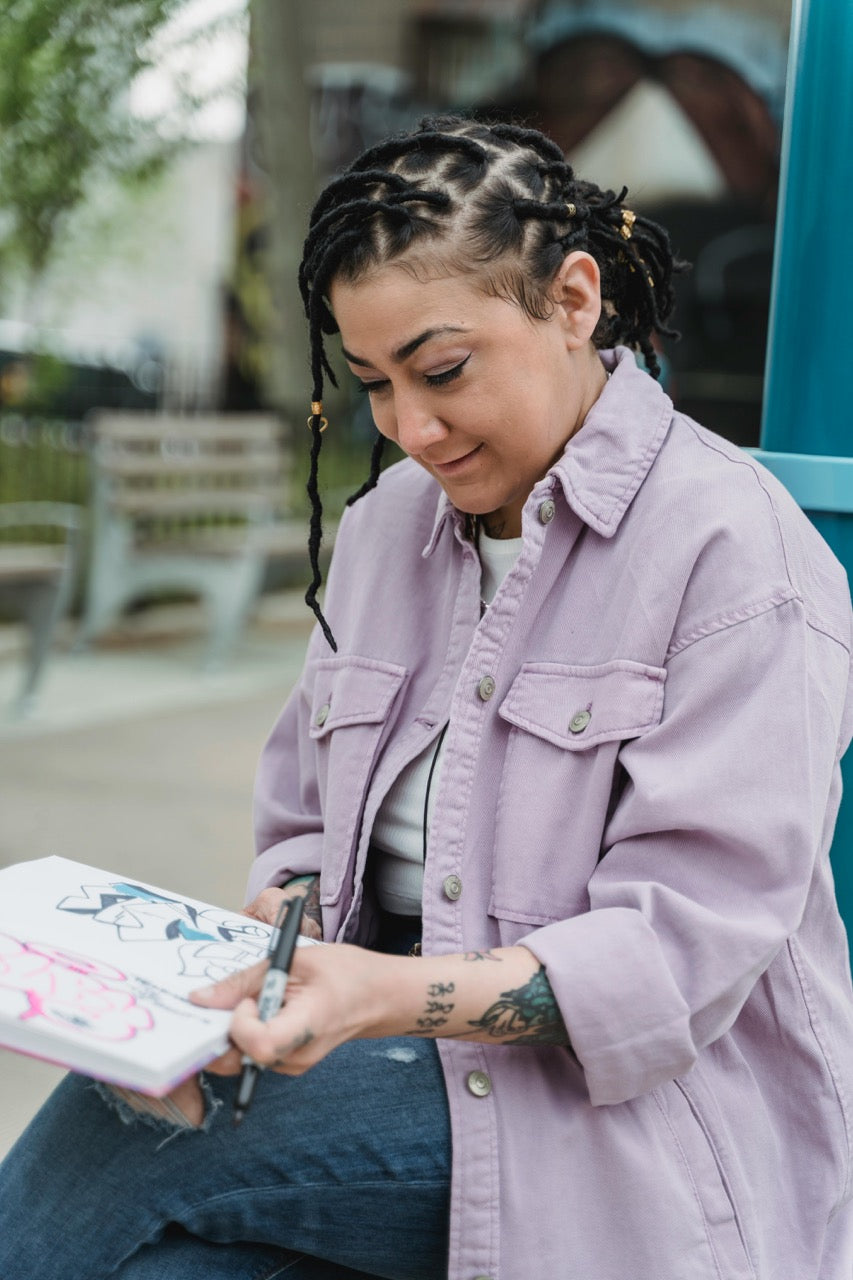Introduction to Art Therapy: Understanding Its Therapeutic Benefits
Art therapy uses creative expression to promote healing and mental well-being. Imagine a room filled with art supplies—paint, clay, pastels—where you're encouraged to express your feelings through art. This practice helps you externalize emotions that might be difficult to put into words. Whether you're dealing with stress, trauma, or emotional pain, art therapy offers an outlet to process and heal.
The Healing Power of Creativity: How Art Therapy Works on the Mind
Art therapy taps into your subconscious, allowing you to express yourself when words fail. By engaging in creative activities like painting or sculpting, you begin to relax and uncover buried emotions. The benefits include emotional release, self-discovery, stress reduction, and improved problem-solving skills.
Getting Started with Art Therapy: Essential Tools and Materials
Starting art therapy is simple. Basic supplies like paper, pencils, colored pencils, and paints are all you need. Gather materials like magazines, scissors, and glue for collages. Find a comfortable space with good lighting and keep your tools within reach. This allows you to focus on the therapeutic process without distraction.
Setting the Right Environment: Creating Your Ideal Artistic Space
Your art space should be a calming, personal sanctuary where you can freely express yourself. Choose a quiet nook with natural light, comfortable seating, and a mood board for inspiration. Keep supplies organized and make it a place where you feel at ease to create.
Exploring Emotions Through Colors: Color Symbolism in Art Therapy
Colors are powerful symbols of emotion. In art therapy, they can represent feelings like calm (blue), energy (red), or hope (yellow). Pay attention to the colors you’re drawn to in your artwork; they often reveal more about your inner state than words can.
Drawing Your Feelings: Basic Techniques to Express Emotions
Even basic shapes, lines, and colors can express deep emotions. Experiment with different pressures, textures, and mediums to better connect with and release your feelings. Doodling or drawing symbolic imagery, like storms for turmoil or suns for happiness, can help you make sense of your emotions.
Collage Making: Piecing Together Your Inner World
Collage making involves cutting out images and words that resonate with you, then arranging them into a cohesive whole. The process is deeply introspective, as each piece you choose tells a story about your subconscious. It’s a mindful way to connect with your emotions and make sense of your inner world.
Mandala Art: Finding Balance and Calm Through Symmetry
Mandalas, with their balanced, symmetrical designs, are a calming form of creative expression. Drawing or coloring mandalas can help you find peace and balance in the midst of chaos. The repetitive patterns and focus required during the creation process allow your mind to quiet, offering clarity and calm.
Ok now that we have the backstory out of the way, let's get started:

